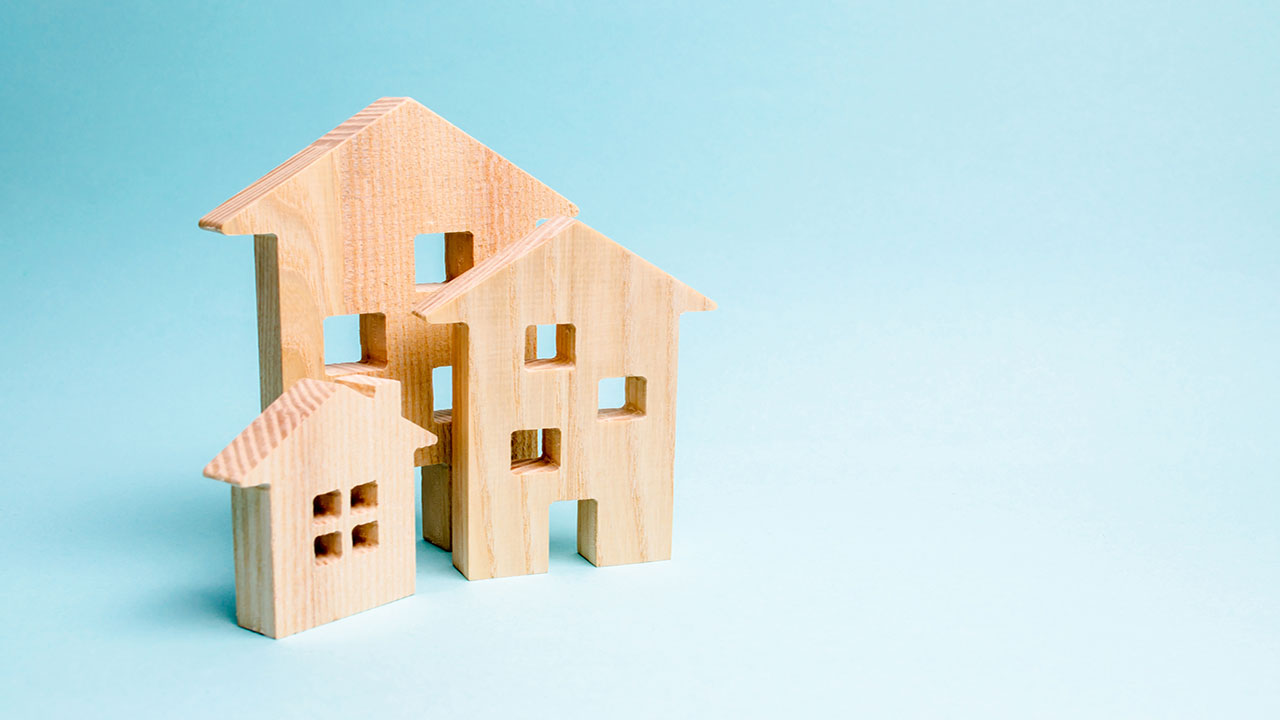7 Things That Are Left Behind When You Sell

When it’s time for you to move out of your old home and into your new one, there’s a lot of packing and hauling to do. But while you’ll obviously want to take all your clothes and furniture with you, there are certain items that you should leave behind.
Certain things are just assumed to remain with the property when sellers move. And if buyers find that these things have been taken on move-in day, there could be trouble.
As a general rule of thumb, the following items should be left behind when you move out.
1. Light Fixtures

When buyers scope out a new house to buy, they usually assume that the light fixtures they see in the home will stay when they move in. Unless you specifically state in the contract that you want to take the light fixtures with you, they should stay with the home.
If you do take them, it’s customary to replace them with something else so the buyers aren’t left with dangling wires and gaping holes in the ceilings and walls.
2. Anything Secured to the Ground
If it’s stuck to the ground, odds are it should stay with the property when you move. This can include any of the following:
- Mailboxes
- Fences
- Lights
- Fountains
- Water features
- Fire Pits
- Gazebos
Hot tubs should also stay even though they might not necessarily be affixed to the ground. There are still plumbing pipes and electrical wiring that are typically installed in hot tubs and run in-ground, so technically these structures should probably stay with the home too.
Items like these that are secured to the ground are technically classified as real estate as opposed to personal property, so they should remain on the premises when you vacate. If you have your heart set on taking a certain item with you, clearly detail its exclusion in the contract and make sure both you and the buyer initial it (if the buyer agrees).
3. Outdoor Plants

Along the same lines as the items listed above are outdoor plants, shrubs, flowers, and trees. Basically, any greenery that you have planted outside is considered to be part of the property and should remain there when the buyers move in. Buyers would be unpleasantly surprised to show up on moving day only to find large holes where plants once were.
Any greenery that has established deep roots would likely die after being ripped out of the ground and planted elsewhere anyway, so you would be better off leaving them where they are.
4. Anything Affixed to the House
Any items that are affixed to your home are also considered part of the property. This includes things such as:
- Hot water heaters
- Radiators
- Bathtubs
- Plugs
- Built-in shelves
- Cupboards
While it might sound silly to even try to rip any one of these items out and take them with you, it can and does happen. In these cases, buyers are left annoyed at the situation and sellers often wind up in legal trouble. As a general rule of thumb for sellers to follow, anything that is affixed to the home usually stays.
5. Fittings

Certain items might not necessarily be affixed to the property, but they should probably stay with the home anyway. This includes things such as the following:
- Carpets
- Curtains
- Curtain rods
- Free-standing appliances, such as refrigerators, ovens, and washing machines
- Satellite dishes
6. Manuals
Certain items in the home usually come with manuals when you first buy them. These manuals contain details needed for proper set-up when you first buy or install them as well as troubleshooting tips in case there’s ever a problem.
Having these manuals handy is important not just for you, but for buyers who may be taking over your home. Things such as refrigerators, ovens, hot water heaters, dishwashers, or any other item that is remaining on the premises will likely have manuals. Make sure to leave these behind for the buyer, and keep them in plain sight so they don’t have to go searching for them when they need them.
7. Extra Paint

When buyers first move into a new home, they may want to do some touch-ups on the walls here and there if there are any scuff marks that need to be covered. They may even need to do that from time to time long after having moved in. When that happens, having the exact paint handy can really help.
It can be nearly impossible to match the exact paint color on your walls with paint purchased in-store without knowing the precise one that was used. While you could always leave the exact brand name and paint color model number behind for the buyers, it would be much easier for them if you just left any leftover paint cans that you might still have.
The Bottom Line
If there are any items that you really want to take with you that would otherwise be left behind, make sure you take care of these details during the actual negotiation process so there are no surprises. Make sure everything is in writing. But in general, anything that is bolted, mounted, nailed, or planted into the home or ground should probably stay.


